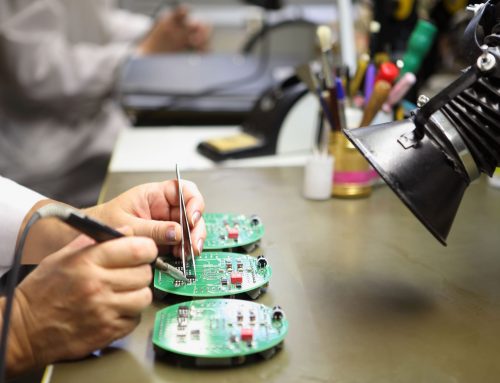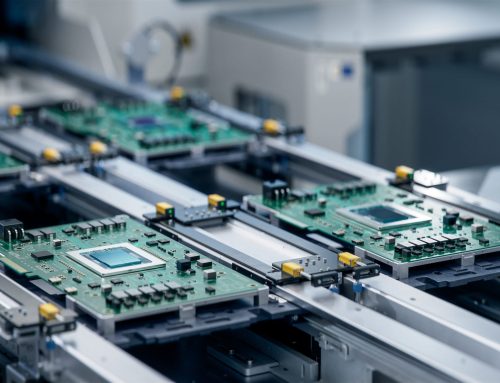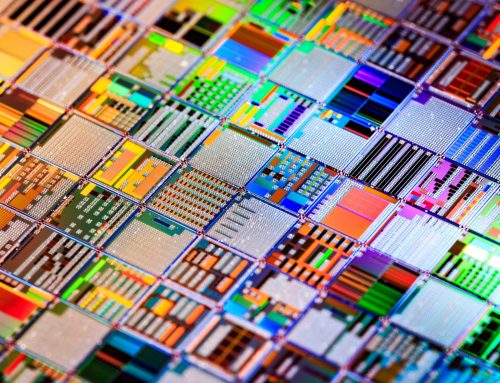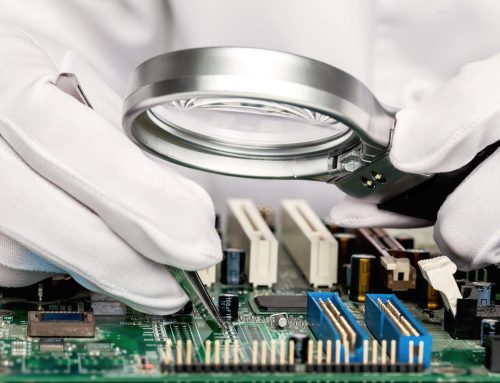The world around us is rarely flat — so, it was only a matter of time before the rigid technology we have become accustomed to started to evolve into something altogether more malleable.
Flexible — or “soft” — electronics can be manufactured using identical components to those used for rigid printed circuit boards (PCBs), whilst allowing the board to conform to a desired shape or flex during use.
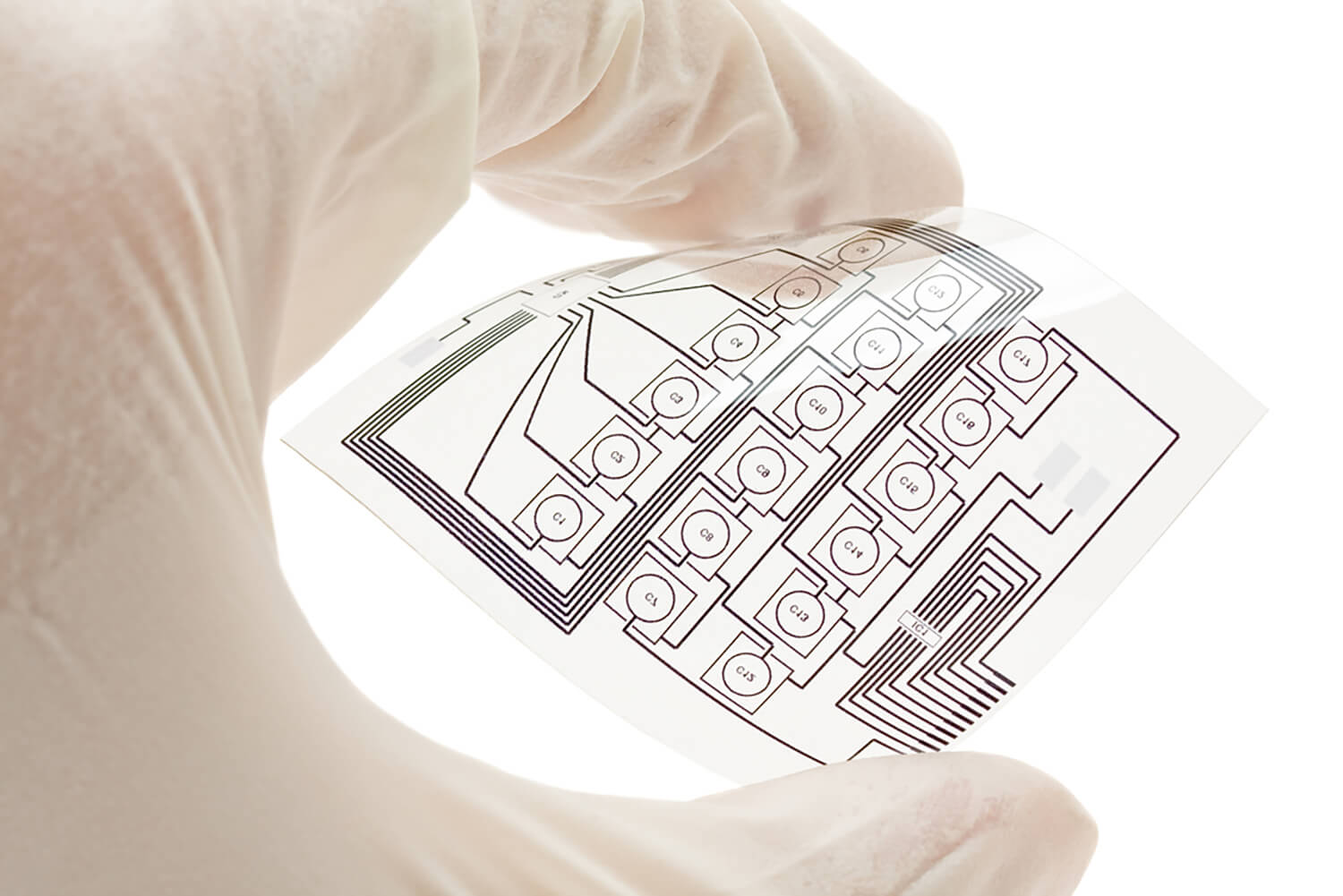
One of the earliest mentions of what could be described as a flexible circuit board was recorded in 1903 in an English patent by Albert Hansen, whereby he described a construction consisting of flat metal conductors on paraffin coated paper.
However, credit is due primarily to the efforts of Japanese electronics manufacturers, who have found a number of innovative ways to employ flexible circuit technology over the last decade.
Typically, these assemblies involve mounting components onto bendable plastic substrates such as polyimide or a transparent conductive polyester film. Alternatively, various etching techniques can be used to “thin down” the silicon substrate traditionally used in PCBs to facilitate increased flexibility.
Current applications
Aside from being ideal for dynamic or high-flex applications, today’s soft electronics also have the potential to replace multiple rigid boards or connectors, as flexible printed circuits can be stacked into various configurations.
Soft electronics can be used in various applications where flexibility, space or production constraints limit the possibility of using traditional rigid circuit boards.
A common application of these types of circuits is computing. For instance, keyboards are a widespread example of soft electronics. Flexible circuits can also be found in industrial and medical devices where many interconnections are required in a compact package.
In the automotive sector, soft electronics are used in instrument panels, under-hood controls and in ABS systems. Many consumer electronics devices such as mobile phones, cameras, calculators and wearable technology also make use of flexible circuits.
Manufacturers have even developed bendable solar cells for powering satellites. These cells are lightweight, can be rolled up for launch and are easily deployable — making them an ideal match for this application.
What’s to come?
Despite all their advantages, flexible electronics do have some flaws; they are often subject to a relatively short lifespan and can be difficult (if not impossible) to repair.
To solve this problem, researchers have been exploring the use of novel materials in electronics manufacturing. These materials can conduct electricity and fuse themselves together automatically — forming an electrical and mechanical bond. It will be interesting to see how these materials advance in the future, and who knows, perhaps electronic devices will soon be able to “heal” themselves!
We are now also seeing stretchable electronics — sometimes called “elastronics” — start to materialise. This emerging class of electronics deposits stretchable components onto pliable substrates or embeds them completely in a malleable material such as polyurethane or silicone. By being stretchable, rather than just flexible, these electronics can retain full functionality and manoeuvrability and are expected to enable a range of new applications.
So far, stretchable electronics have been used mainly within the medical industry. For example, special wearable patches can be used to deliver insulin to diabetes patients on demand. These patches consist of graphene and gold and contain sensors which detect glucose levels in sweat.
Elastic electronics can also be used to create soft robots, which can then implement minimal invasive surgeries in hospitals — particularly complex operations such as brain surgery, where absolute precision is required. Equally, elastic technology can be utilised in neural implants and integrated with sensitive tissue, making it attractive for a wide range of biomedical applications.
This is only the beginning though, and chances are we will soon see soft, stretchable electronics in use across a variety of industries — from medical and automotive to marine and security.
“At EC Electronics, we’re committed to ensuring we remain competitive by investing in the latest technology and continuously improving our production techniques. We do this by keeping our finger on the pulse of the electronics manufacturing industry. With these latest developments in soft electronics, it’s an incredibly exciting time to be involved in the sector, and we look forward to working on more and more projects using these advancements in the future.”
- Greg Faughnan, Sales Director at EC Electronics
To find out how we can support your next project, please get in contact with EC Electronics today.

